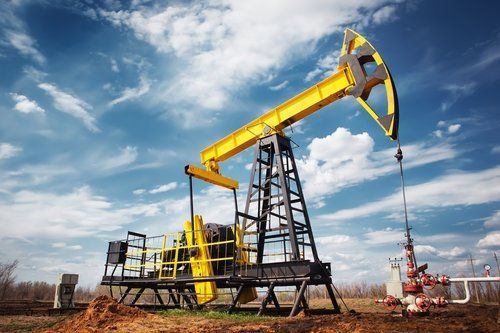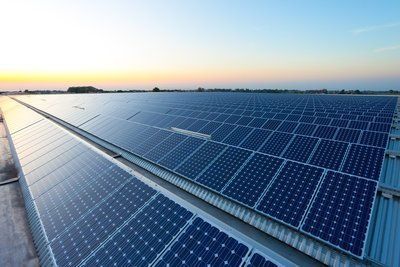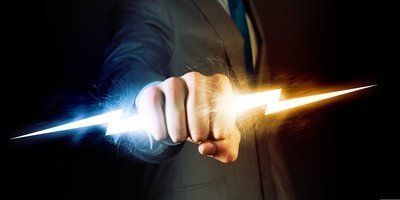HEAVY IRON NEWS
There Is a Promising Future for Oil & Gas

Despite the plummeting prices of both oil and natural gas, the future of the oil and gas industry still looks solid. To understand why requires some understanding of the global supply and demand within the oil and gas industry, in addition to the mounting outside pressures that are temporarily pushing prices downwards.
OIL SLIDES PAST $40 A BARREL
When oil first began flirting with a $40 a barrel price point, many believed that it would spell doom for the oil and gas industry, but oil and natural gas are actually increasing steadily in demand. There is always going to be a market for oil and gas. The lower per barrel prices have been created by a flooding of the market with cheap crude oil; it's an artificial low. The demand will always be present and will, in fact, ramp up. In the case of natural gas, the low prices have actually led to an increase of natural gas and a decrease of coal throughout the globe.
As the prices have gone down, many countries have focused on reducing the costs of their oil production. This has actually made it possible to sell oil and natural gas at a lower cost with a profit. Though some countries and companies may be suffering now, innovation has been paving the way for more efficient methods of recovering oil. There are extensive oil and gas reserves throughout the globe now, and the resource is in no danger of running out; it's only a matter of recovering it as quickly and efficiently as possible. There are many consumers of oil that have no resources of their own; most notably China.
CHALLENGES AHEAD FOR THE DOMESTIC OIL AND GAS INDUSTRY

The oil and gas rebound is essentially a waiting game at this point, between the Western world and OPEC. The United States and Canada continue to produce the oil and gas that North America needs to grow and to thrive at low prices that are boosting the economy. However, OPEC has refused to stop flooding the market with cheap crude oil. As the established players in the game, OPEC's major interest is in running new countries out of business. The most substantial threat to OPEC is fracking. New hydraulic fracturing methods are what led to oil and gas being more easily recoverable from shale reserves, which are plentiful throughout United States and Canada. If OPEC cannot address hydraulic fracturing, they lose their source of income outside of the country. Saudi Arabia is a country that has an economy almost entirely based on oil exports. In addition to Saudi Arabia, there is another challenge; Iran. Iran sanctions have been dissolved and Iran has also ramped up its oil production in the hopes of exporting more oil.
For domestic oil production to remain viable, hydraulic fracturing has to remain affordable and feasible. This means that increased legislation, political blocking measures, and other issues targeting hydraulic fracturing could spell doom for the national economy; if the oil and gas industry collapses, the country will then become dependent on foreign oil from OPEC and Iran. And once this happens, the per barrel prices will likely increase again, throttling the growing natural gas market and increasing gas and energy prices across the world. Luckily, American companies have been surprisingly resilient thus far. For more information about oil and gas, contact the experts at Heavy Iron Oilfield Services LP.
Subscribe to Email Updates
Recent Post





